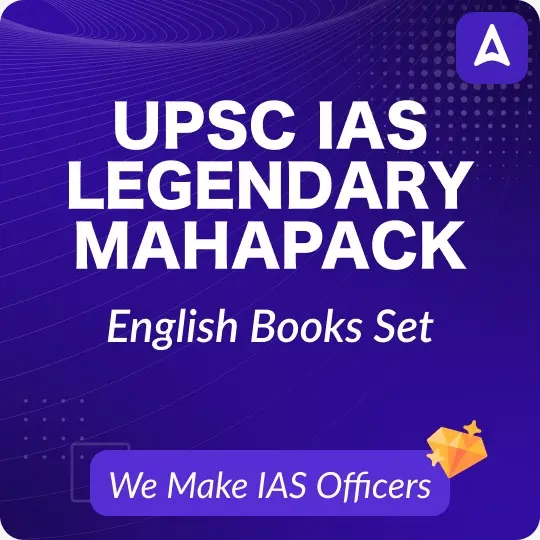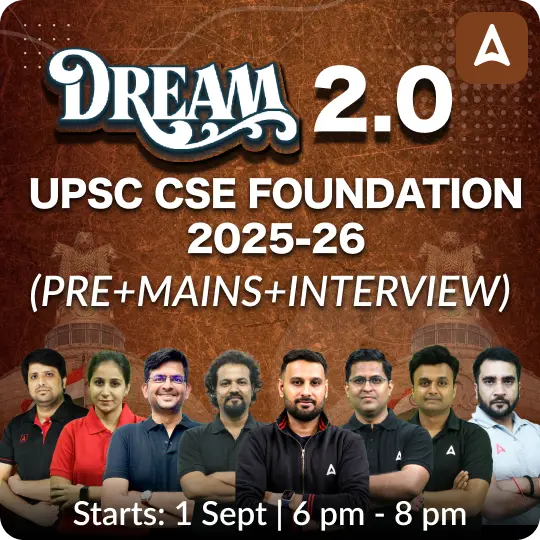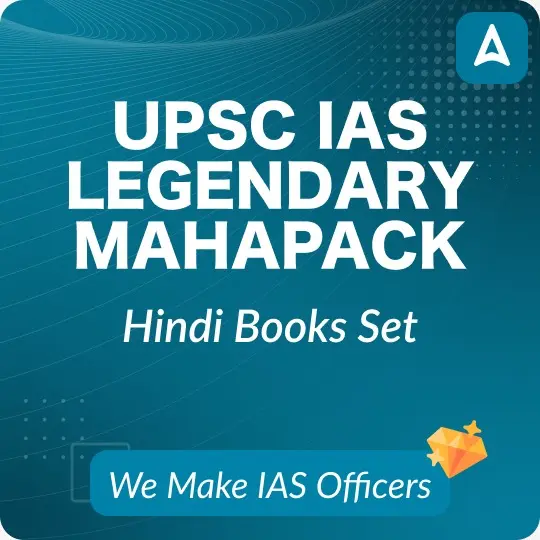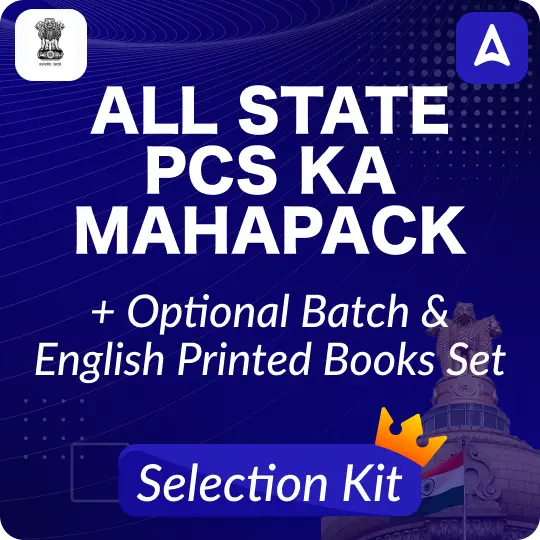Table of Contents
HOLISTIC PROGRESS CARD
News- The NCERT is launching a ‘holistic progress card’ (HPC) to transform student evaluations by offering a broader assessment of their educational journey.
About
- Developed by PARAKH under NCERT, aligning with NEP 2020.
- Targets foundational (Classes 1-2), preparatory (Classes 3-5), and middle stages (Classes 6-8).
- Introduces a paradigm shift in student evaluation.
- Incorporates feedback from parents, classmates, and student self-evaluations.
- Offers a comprehensive view of academic, cognitive, socio-emotional, and creative skills.
- Aligns with the National Curriculum Framework for School Education (NCFSE) for learner-centric evaluations.
Features
- Shifts from traditional marks/grades to 360-degree evaluations.
- Emphasizes active participation and regular assessment through class activities.
- Focuses on applying diverse skills to understand concepts.
- Highlights student strengths and identifies areas needing improvement.
- Includes self and peer evaluations by students.
- Promotes reflection on personal progress and creativity.
- Encourages setting personal and academic goals in middle school, supported by an “ambition card.”
- Involves parents in the educational process and balances screen time with extracurricular activities.
- Utilizes peer evaluation to assess contributions to class activities.
Benefits
- The HPC goes beyond numerical grades, focusing on descriptive and analytical evaluations that encompass academic achievements as well as the development of critical skills in a child.
- It promotes a shift from summative to formative assessment, fostering competency-based evaluation and holistic growth.
Majuli Masks
News- The traditional masks and manuscript paintings from Majuli in Assam have recently received a Geographical Indication (GI) tag.
About
- Handmade masks for depicting characters in bhaonas, devotional theatrical performances.
- Introduced by reformer saint Srimanta Sankardeva in the 15th-16th century.
- Used to represent gods, demons, animals, and birds in plays.
- Vary in size from face-only to full-body coverage.
- Crafted from bamboo, clay, dung, cloth, cotton, wood, and riverine materials.
- Traditionally used in sattras (monasteries) but now also gaining contemporary relevance.
- Sattras serve as centers for religious, social, and cultural reforms initiated by Sankardeva and his disciples.
Key facts about Majuli manuscript painting
- Originating in the 16th century, practiced on Sanchi pat (manuscripts made from Sanchi or agar tree bark).
- Utilizes homemade ink for painting.
- The Adya Dasama of the Bhagwat Purana in Assamese by Srimanta Sankardev is an early example.
- Enjoyed patronage from Ahom kings and remains prevalent in Majuli’s sattras.
Rad51
News- Scientists have recently pinpointed the RAD51 protein as crucial in blocking DNA from being copied again, thus preventing re-replication.
About
- RAD51 gene encodes a protein for homologous recombination and DNA repair.
- It searches for and invades matching DNA sequences to facilitate precise DNA repair.
- RAD51 binds to broken DNA, forming a protective protein sheath, and initiating repair.
- DNA breaks occur due to radiation, environmental factors, and during chromosome genetic material exchange in cell division.
- In normal cells, RAD51 works with proteins including BRCA1 and BRCA2 to repair DNA.
- BRCA2 guides RAD51 to DNA damage sites, while BRCA1’s interaction with RAD51 aids in DNA damage response.
- These interactions help maintain cellular genetic stability by repairing DNA.
Homologous Recombination
- Genetic recombination between similar/identical nucleic acids (DNA or RNA).
- Repairs DNA double-strand breaks via homologous recombinational repair (HRR).
- Generates new DNA combinations during meiosis for genetic variation.
- Aids in evolutionary adaptation by creating diverse genetic sequences.
- Facilitates horizontal gene transfer among bacteria and viruses, spreading antibiotic resistance.



 TSPSC Group 1 Question Paper 2024, Downl...
TSPSC Group 1 Question Paper 2024, Downl...
 TSPSC Group 1 Answer key 2024 Out, Downl...
TSPSC Group 1 Answer key 2024 Out, Downl...
 UPSC Prelims 2024 Question Paper, Downlo...
UPSC Prelims 2024 Question Paper, Downlo...







